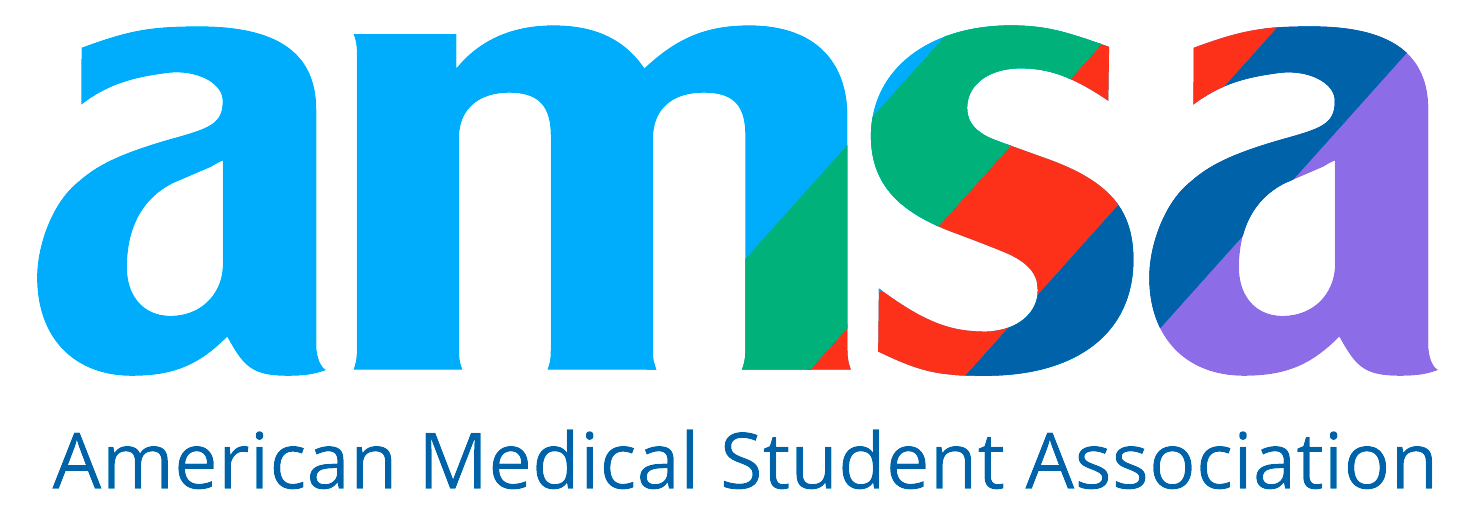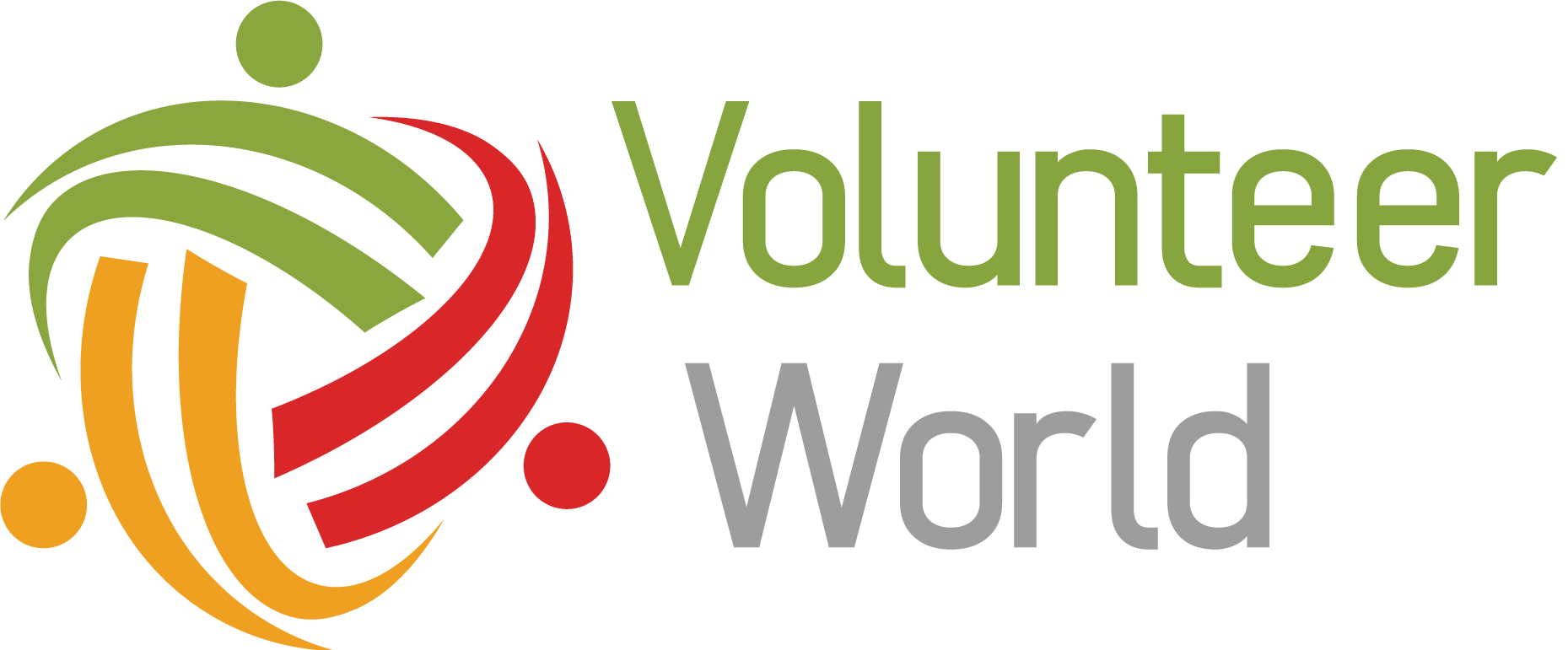How Doctors Can Help Patients Save on Prescription Costs
Go-Elective Abroad
How Doctors Can Help Patients Save on Prescription Costs
The Growing Burden of Prescription Prices
In the U.S. and beyond, the rising cost of prescription medications remains one of the most significant barriers to effective healthcare. An estimated 20–30% of prescriptions go unfilled due to high costs — a troubling figure, especially when untreated conditions can escalate into costly and dangerous complications.
While doctors don’t set pharmaceutical prices, they do play a vital role in helping patients access affordable treatment. By understanding medication costs and advocating for alternative solutions, physicians can make a significant difference in patient care and financial wellbeing.
Why Cost Awareness Matters in Clinical Practice
Many physicians aren't fully aware of the real-time costs their patients face at the pharmacy counter. Unfortunately, this disconnect can lead to unintentional harm. Prescribing the most effective drug means little if patients cannot afford it — and therefore don’t take it.
Encouraging cost transparency during medical training and clinical practice is one way the healthcare system can address this gap. Physicians who are more familiar with pricing data are better positioned to open financial conversations and offer alternatives.
How Doctors Can Help Patients Cut Prescription Costs
-
Ask About Financial Concerns Upfront
Many patients hesitate to bring up money. Studies suggest that nearly half of those struggling to afford prescriptions never mention it to their doctor, fearing embarrassment or a lack of support.
Physicians can shift this dynamic by routinely asking about cost concerns. A simple question such as, “Will cost be a concern for you?” builds trust and opens the door to solutions.
-
Recommend Generic Medications
Generic drugs are often 90% less expensive than brand-name alternatives and are equally effective in many cases. However, misconceptions about their quality still linger.
Doctors should not only prescribe generics when appropriate but also educate patients on their safety and efficacy — especially for long-term treatments where cost significantly affects adherence.
-
Refer Patients to Assistance Programs
Numerous Patient Assistance Programs (PAPs), often sponsored by pharmaceutical companies or nonprofit organizations, offer medications at little to no cost for eligible individuals.
Doctors can:
- Refer patients directly
- Assist with required forms and signatures
- Encourage early application to avoid delays in care
Awareness of these programs can be especially valuable in low-resource settings, including those encountered in Go Elective’s global health programs in East Africa, where access and affordability are daily challenges.
-
Suggest Prescription Discount Cards
Discount cards, like GoodRx or SingleCare, can offer up to 80% off retail prices, depending on the medication and location.
While not every prescription qualifies, these cards are widely accepted and often distributed in physician offices. Doctors can help patients identify eligible prescriptions or match discounts during appointments.
-
Use Medication Samples Thoughtfully
Free samples provided by pharmaceutical reps can offer short-term relief for patients initiating new treatments. This is particularly helpful when:
- Trialing medications with potential side effects
- Providing short-term care while insurance approvals are pending
Samples aren’t a long-term solution, but they can bridge crucial gaps in access.
-
Prescribe 90-Day Supplies for Chronic Conditions
When medically appropriate, a 90-day prescription can save patients money on both medication and refills. Studies show patients can reduce out-of-pocket costs by as much as 29% with extended prescriptions.
This option is best for maintenance medications used to manage conditions like hypertension, diabetes, or asthma.
-
Review Insurance Formularies and Prior Authorizations
Understanding a patient’s insurance plan can help physicians tailor prescriptions to covered options, avoiding unnecessary denials or delays.
Physicians should:
- Check formularies for preferred drugs
- Submit prior authorizations when needed
- Suggest alternatives that offer similar efficacy at lower cost
-
Encourage Patients to Be Honest About Cost Barriers
Doctors can’t address a concern they don’t know about. Patients should be encouraged to speak openly about affordability issues, and doctors should reassure them that cost is an important part of the treatment plan—not an afterthought.
Practical Tips for Patients to Support Cost Conversations
- Bring a list of current medications and costs to your appointment
- Ask, “Is there a more affordable option for this medication?”
- Let your provider know if you’re skipping doses or delaying refills due to cost
- Inquire about generic alternatives or patient assistance programs
Open dialogue ensures your care remains effective, safe, and financially manageable.
A Global Perspective on Prescription Affordability
In Go Elective’s shadowing programs in East Africa, students observe firsthand how cost impacts treatment adherence. In resource-limited hospitals, physicians often work closely with patients to prioritize critical medications and balance affordability with clinical effectiveness.
These real-world insights help students understand how economic factors shape medical decisions, even in well-resourced systems. It’s an important reminder that affordability isn’t just a developing-world issue—it’s a universal concern.
Final Thoughts: Working Together for Affordable Care
Until major changes occur in drug pricing policy, physicians and patients must collaborate to reduce medication costs. From prescribing generics to leveraging discount programs, there are practical ways to make prescriptions more accessible.
If you’re a medical student or pre-med interested in learning how financial barriers affect care around the world, consider joining a Go Elective internship. Our programs offer unmatched clinical exposure in diverse, low-resource settings that challenge you to think critically, ethically, and compassionately.
Apply to our programs at goelective.com/apply and be part of the future of global, equitable healthcare.
Article Details
Categories
Recent Articles , Medical Electives, PA Internships, Residency,
Author: Go-Elective Abroad
Date Published: Sep 7, 2025
Travel with us.
Inquire Today!
Go Elective offers immersive opportunities for medical students, pre-med undergraduates, residents, nursing practitioners, and PAs to gain guided invaluable experience in busy hospitals abroad. Discover the power of study, travel, and impact.






